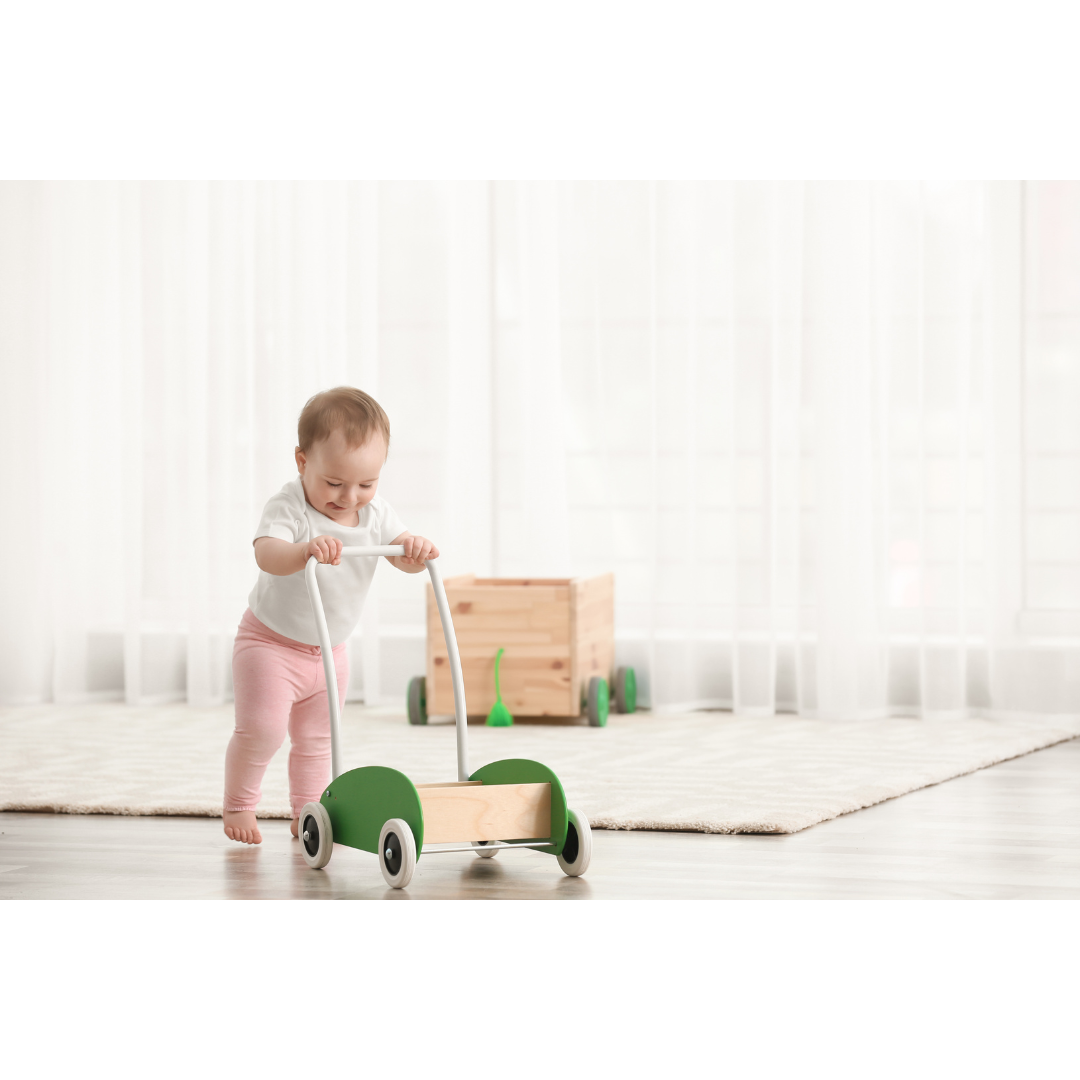Choosing Toys From Birth To Under 3 Years Old
CHOOSING TOYS FROM BIRTH TO UNDER 3 YEARS OLD is not easy. There is an overwhelming amount of information, misinformation and marketing hype on our screens, where we shop and the catalogues we browse.
The most important thing to consider is your child’s safety. Australia has high standards when it comes to toys, especially toys for children under 3 years of age. The mandatory standard AS/NZS ISO 8124.1:2002 for toys for children up to and including 36 months of age came into effect on 17 December 2003. Every toy in our range is purchased from Australian distributors who adhere to these Australian Safety Standards.
Safety Must Come First
- Did you know that around 20 children per week are hospitalised in Australia due to button batteries?
- There are currently 553 toys on the ACCC Product Recall List
- Plastic toys often contain toxic PVC and other harmful chemicals
- Toys suitable for children aged up to three years must comply with the mandatory Trade Practices Act safety standard ‘Toys for children up to and including 36 months of age’. This means that, by law, toys suitable for ages up to 36 months (not just those marked as such) must not contain any parts and must not produce any small parts during normal use that could fit inside a 35 mm film canister, as they may be a choking hazard
What Can My Child Do With The Toy?
- Can your child grip the toy? Is it safe to put in their mouth? Does it have different textures?
- Can they take things out of it, put things in it, pull it along, push it, build it up, knock it down, roll it along?
- Does it combine with other toys? It is often much better value to select a few items that can be used together as your child’s play develops. Puzzles are a personal favourite of mine. You can put the pieces in an out, tell stories with them, draw around them, cut them out and colour them in. Match puzzle pieces to images or shapes in books or use them as moulds in Play Doh.
What Can My Child Learn From The Toy?
- Babies learn through their senses. They mouth toys to learn about form and texture. Their sight and hearing senses are also stimulated by toys that move or can be manipulated. They are also developing important concepts such as object permanence, spatial awareness and their sense of self while playing with simple manoeuverable toys.
- Toddlers are very busy. They are looking for toys to pull or push along, build up and knock down or put things into. The blocks that they mouthed as babies can now be made into pens for the animals from their pull along farm toy. Their wooden cars are parked inside the shape sorter and they have most of the stacking rings in their walker wagon. This is a way for very young children to understand their environment by changing it. At the same time they are developing fine and gross motor skills, coordination and manipulation, language and communication.
Avoid Toy Fads And Fashions
- It is easy to get caught up in marketing hype and select the latest and greatest for your child. Have you ever heard of Baby Einstein DVD’s? These were extremely popular about 10 years ago but Disney is now providing refunds for these videos that ‘do more harm than good’
- Electronic bells and whistles toys are marketed as Educational and Stimulating but recent studies have shown that they may be detrimental to your child’s language development
Keep It Simple & Rotate Toys
- Simple toys enable your child to focus, understand what’s going on without too much distraction and be ready to move onto the next stage.
- It’s a good idea to use a series of baskets to rotate toys. This means that you can give wooden toys a wipe off with a damp cloth, check for damage and loose parts and rotate the toys within the baskets. Your child will love discovering what’s in the basket this week (and probably put the basket on their head).
Feel free to get in touch if you need any help when making your selection. Simply fill out the Contact Us form, email sue@ilovewoodentoys.com.au or talk to me on 0400 121 958.
Cheers


